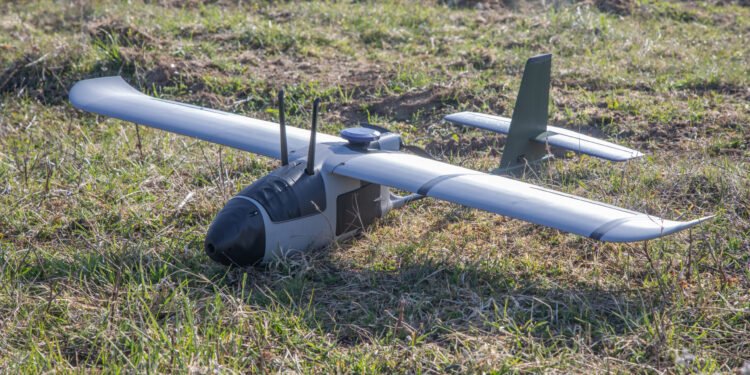
The US Army is exploring a significant acceleration in the production of 3D-printed drones capable of replicating the capabilities and behaviors of enemy systems.
The push comes as the army anticipates the rollout of a program aimed at rapidly developing low-cost target drones for training exercises.
According to Gen. James Rainey, head of Army Futures Command, there is a critical need to simulate unmanned aerial system (UAS) threats, particularly for preparing platoons to counter drone swarms.
“We need to do it at a price point that is ridiculously low: We don’t need the Gucci cameras and everything else,” he said, as quoted by Breaking Defense.
At present, the army manufactures around 10 Group 1 drones weekly — platforms weighing under 20 pounds (4.5 kilograms) and reaching speeds of 100 knots (185 kilometers/115 miles per hour).
However, plans are underway to ramp up production to 10,000 drones per month to boost training efforts for modern warfare.
“It’s gonna take a couple of months before we get to a decision,” Army Materiel Command acting commanding general Christopher Mohan explained. “We’ve proven that we can do it with this low-level system and we can print this one and produce this then we can produce much larger.”
An Innovative Approach
The army is increasingly tapping into 3D printing technology to produce critical components — from drones to equipment parts — at a pace and cost traditional methods could not match.
The process is said to drastically reduce production timelines, enabling rapid deployment and improved operational efficiency.
In May 2024, the US Air Force showcased its ability to design, build, and deploy 3D-printed UAS in under 24 hours.
Likewise, the army successfully flight-tested a loitering munition produced through additive manufacturing, proving its operational viability in a real-world environment.
Beyond drones, the US military has expanded the use of 3D printing to construct facilities and rapidly repair vehicles, reducing logistical challenges.
“Additive construction has potential to reduce costs, manpower, logistics, and time, while opening the door for improved and new applications, such as unconventional countermeasures,” stated Dave Morrow, director of military programs for the Army Corps of Engineers.










